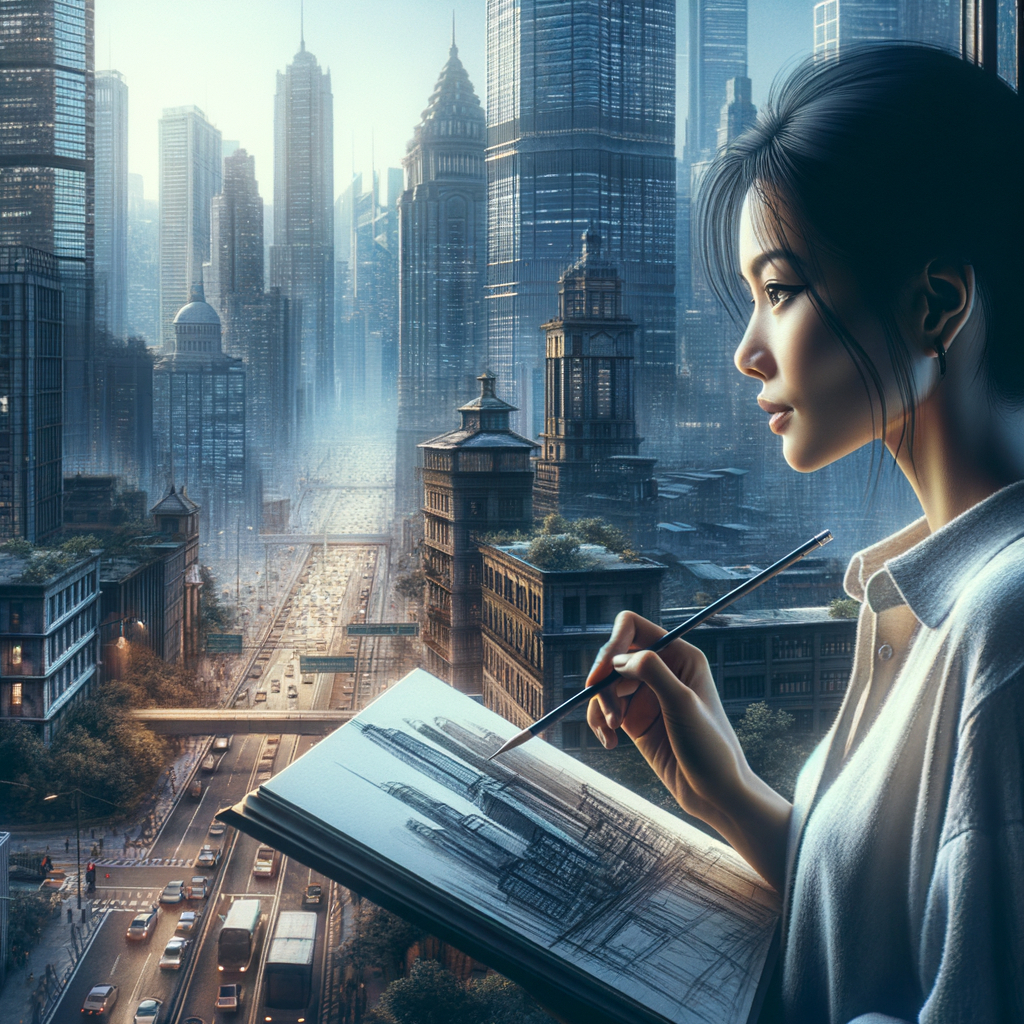Physical Address
304 North Cardinal St.
Dorchester Center, MA 02124
Physical Address
304 North Cardinal St.
Dorchester Center, MA 02124

The art of urban sketching, a rapidly growing trend among artists and creatives worldwide, is more than just drawing buildings or cityscapes. It’s about capturing the essence of life in bustling cities and quiet towns alike. This article delves into the heart of urban sketching, exploring its origins, techniques, tools, and benefits.
Urban sketching is an artistic practice that involves drawing on-location in cities or towns. The subject matter can vary greatly – from towering skyscrapers to quaint cafes, bustling markets to tranquil parks. The key is to capture not only the physical structures but also the atmosphere and energy of a place.
The concept of urban sketching has been around for centuries; artists have always drawn their surroundings. However, it gained momentum as a distinct movement in 2007 when Seattle-based journalist and illustrator Gabriel Campanario created the Urban Sketchers online community. This global network encourages artists to share their work, learn from each other, and promote the educational value of on-location drawing.
The beauty of urban sketching lies in its accessibility – you don’t need expensive equipment or a studio space. Here are some essentials:
Urban sketching is less about perfection and more about interpretation. Here are some techniques to help you get started:
Beyond creating beautiful artwork, urban sketching has several benefits:
In essence, urban sketching is about capturing the spirit of a place through on-location drawing. It’s a versatile art form that anyone can practice with just a few basic tools. Whether you’re an experienced artist looking for new inspiration or a beginner seeking a creative outlet, urban sketching offers endless possibilities to explore and grow. So grab your sketchbook and start your journey today!